Comet 3I/ATLAS gallery: See NASA's long-awaited images of interstellar visitor
NASA's treasure trove of new comet 3I/ATLAS images provides hotly anticipated views of the interstellar visitor, including from Mars and the sun.

NASA has released a treasure trove of comet 3I/ATLAS images, giving us some of the closest views yet of the interstellar visitor.
The U.S. government shutdown, which ran from Oct. 1 to Nov. 12, delayed the release of the highly anticipated images, which include snaps taken from instruments around Mars and the sun over the past several months.
Live Science has rounded up some stand-out shots from the comet 3I/ATLAST image drop for you to enjoy below, while the full gallery is available on NASA's website.
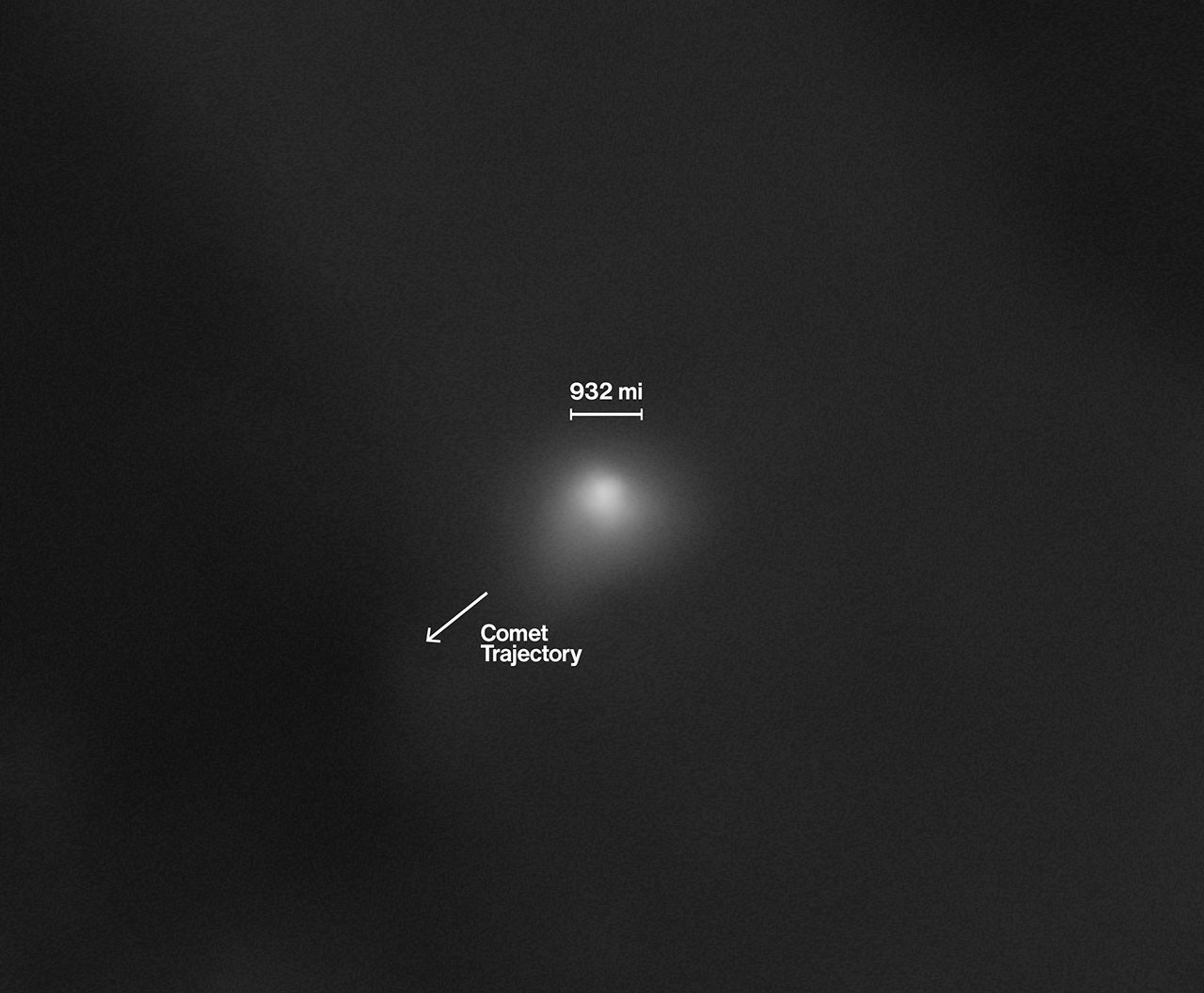
The High Resolution Imaging Science Experiment (HiRISE) captured this image of the comet from aboard NASA's Mars Reconnaissance Orbiter (MRO). The imager caught sight of comet 3I/ATLAS as the comet zoomed past Mars in early October.
While the comet was much closer to Mars in October than it will ever get to Earth, it still wasn't that close. This image was taken when the comet was around 19 million miles (30 million kilometers) from MRO. For reference, the moon's average distance from Earth is about 239,000 miles (384,000 km). The bright dot represents the comet's main body, or nucleus, while the diffuse cloud of particles around it is 3I/ATLAS' coma — a feature characteristic of most comets that get heated up by the sun while flying through our solar system.
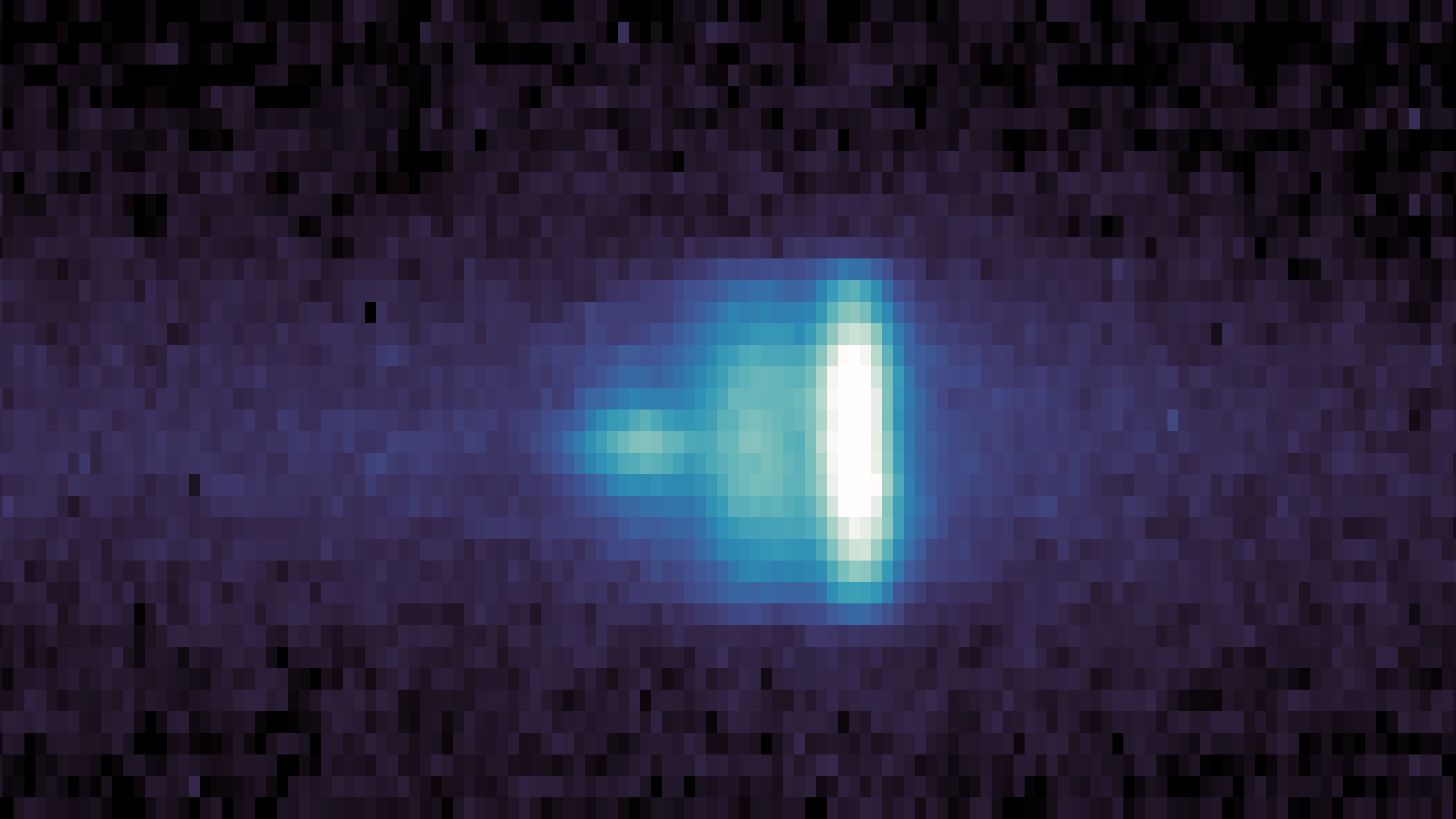
The Mars Atmosphere and Volatile Evolution (MAVEN) orbiter got this trippy ultraviolet image of comet 3I/ATLAS near Mars (relatively speaking) on Sep. 28. MAVEN's Imaging Ultraviolet Spectrograph takes advantage of the ultraviolet part of the light spectrum to decipher the chemical composition of objects, according to NASA.
The blue in the image is hydrogen. The blue dot on the left represents hydrogen emitted from comet 3I/ATLAS, while the bright blue on the right is the hydrogen emitted by Mars. The dim blue oval in the middle is background hydrogen flowing through the solar system between planets. Researchers hope to use observations like this one to better understand the comet's makeup.
Get the world’s most fascinating discoveries delivered straight to your inbox.
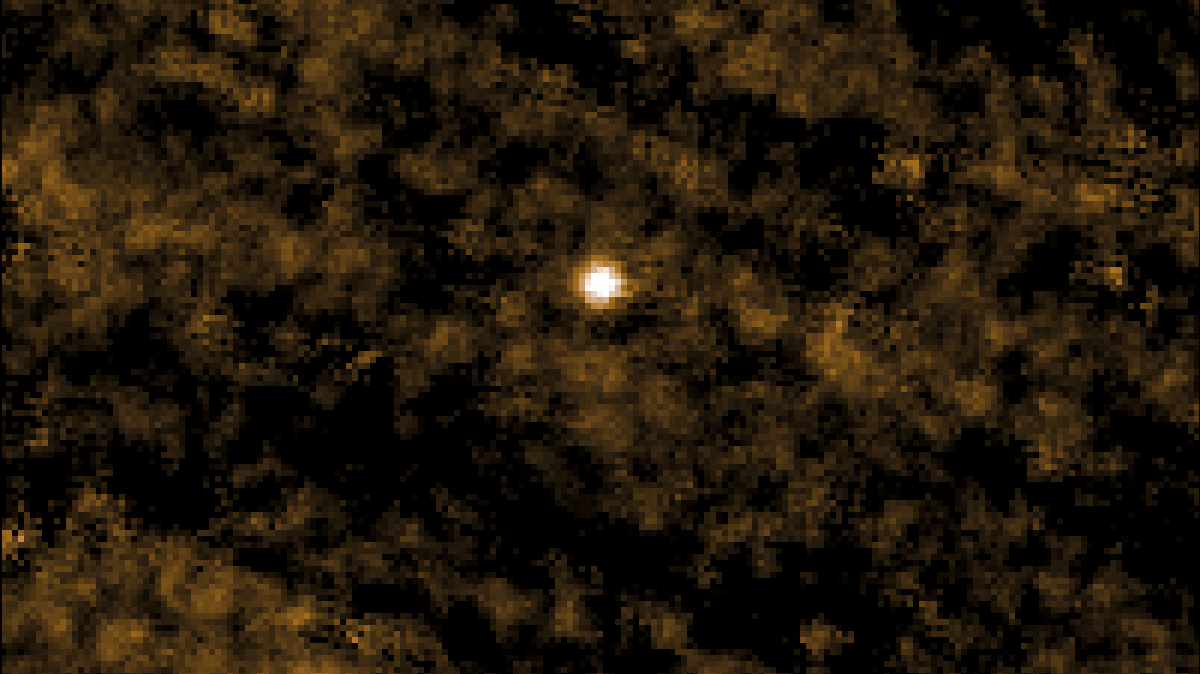
NASA released this GIF of comet 3I/ATLAS, created using images taken by the Polarimeter to Unify the Corona and Heliosphere (PUNCH) mission between Sept. 28 and Oct. 10. The PUNCH mission is made up of four small satellites in low-Earth orbit, focused on the sun. Comet 3I/ATLAS is the white dot in the center image, moving through a stream of blurred light from stars. The bright blob that flashes past the comet is Mars.
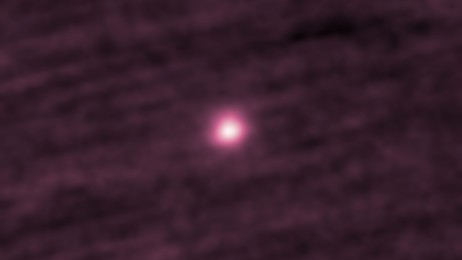
Comet 3I/ATLAS is pretty in pink in this observation, thanks to colorized images from the Solar Terrestrial Relations Observatory spacecraft (STEREO-A). The Heliocentric Imager-1 (H1) instrument aboard STEREO-A captured the image in visible light, which was then subsequently colorized to differentiate it from other spacecraft images, according to NASA.
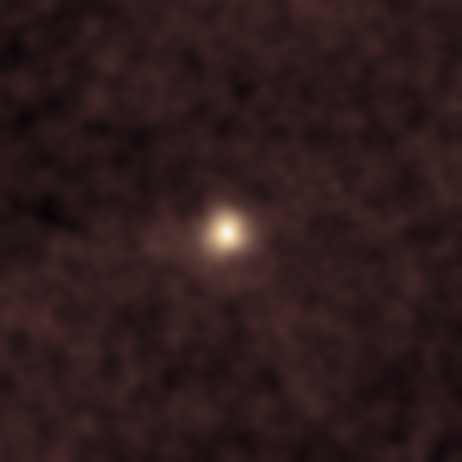
Another image taken by a solar orbiter, this time from the European Space Agency and NASA's Solar and Heliospheric Observatory (SOHO). The SOHO mission launched all the way back in 1995 and is the longest-serving sun satellite yet, according to NASA. SOHO snapped this image of comet 3I/ATLAS between Oct. 15 and Oct. 26, while the comet was brightening on the way to its closest encounter with the sun.
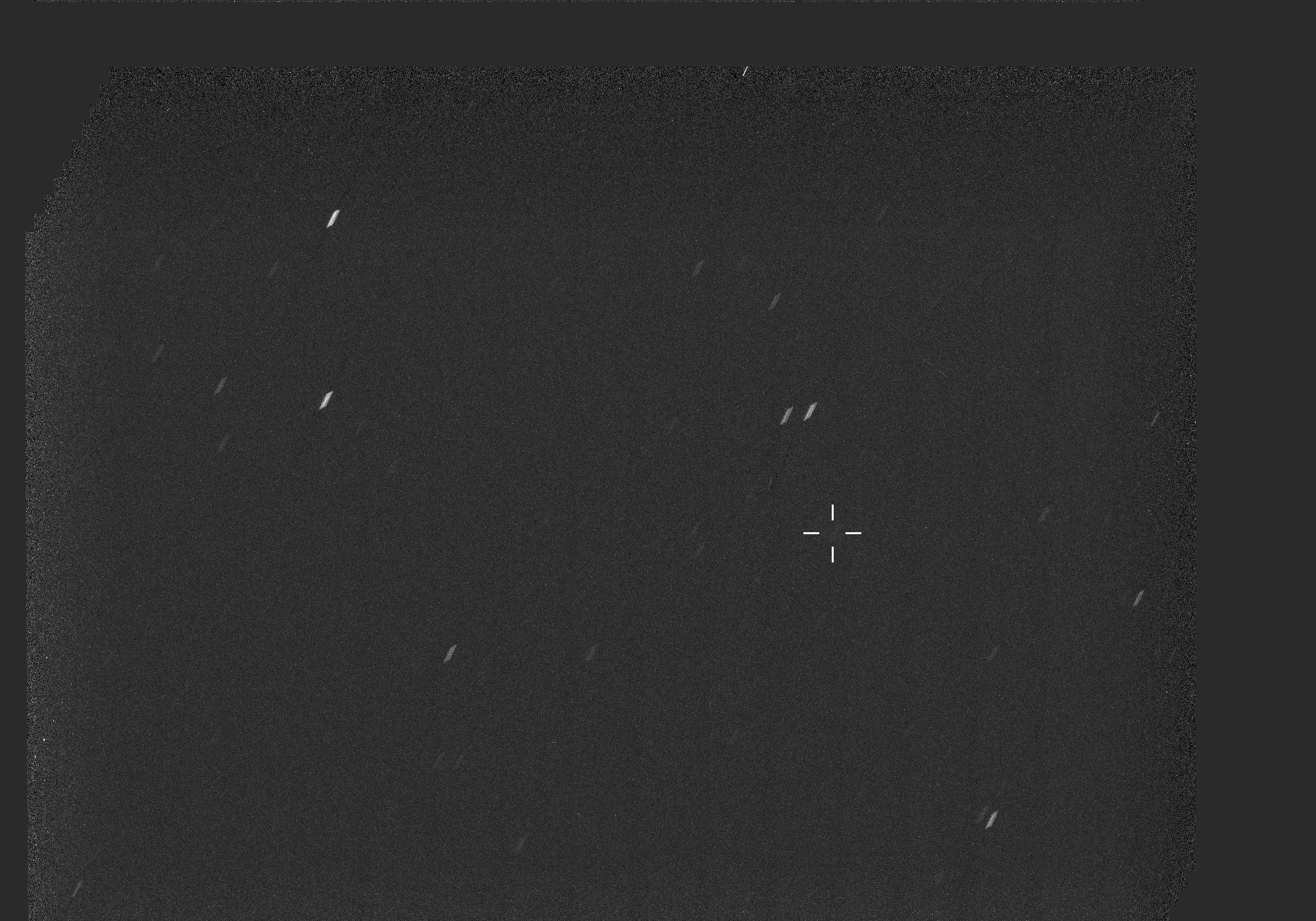
This last GIF isn't particularly impressive to look at, but it was taken from the Martian surface, which is pretty cool if you ask us. NASA's Perseverance rover looked up to observe the comet fly by the Red Planet on Oct. 4. Perseverance was investigating Jezero Crater at the time, searching for ancient signs of life.
Since the discovery of comet 3I/ATLAS in July, there has been much speculation that this interstellar visitor could be an alien spacecraft. However, most astronomers are confident that 3I/ATLAS is a natural comet from an unknown star system. NASA was keen to stress that the comet was of natural origins when it presented the new images during a stream on Wednesday (Nov. 19).
"This object is a comet," NASA Associate Administrator Amit Kshatriya said during the stream. "It looks and behaves like a comet… and all evidence points to it being a comet. But this one came from outside the solar system, which makes it fascinating, exciting and scientifically very important."

Patrick Pester is the trending news writer at Live Science. His work has appeared on other science websites, such as BBC Science Focus and Scientific American. Patrick retrained as a journalist after spending his early career working in zoos and wildlife conservation. He was awarded the Master's Excellence Scholarship to study at Cardiff University where he completed a master's degree in international journalism. He also has a second master's degree in biodiversity, evolution and conservation in action from Middlesex University London. When he isn't writing news, Patrick investigates the sale of human remains.
You must confirm your public display name before commenting
Please logout and then login again, you will then be prompted to enter your display name.
